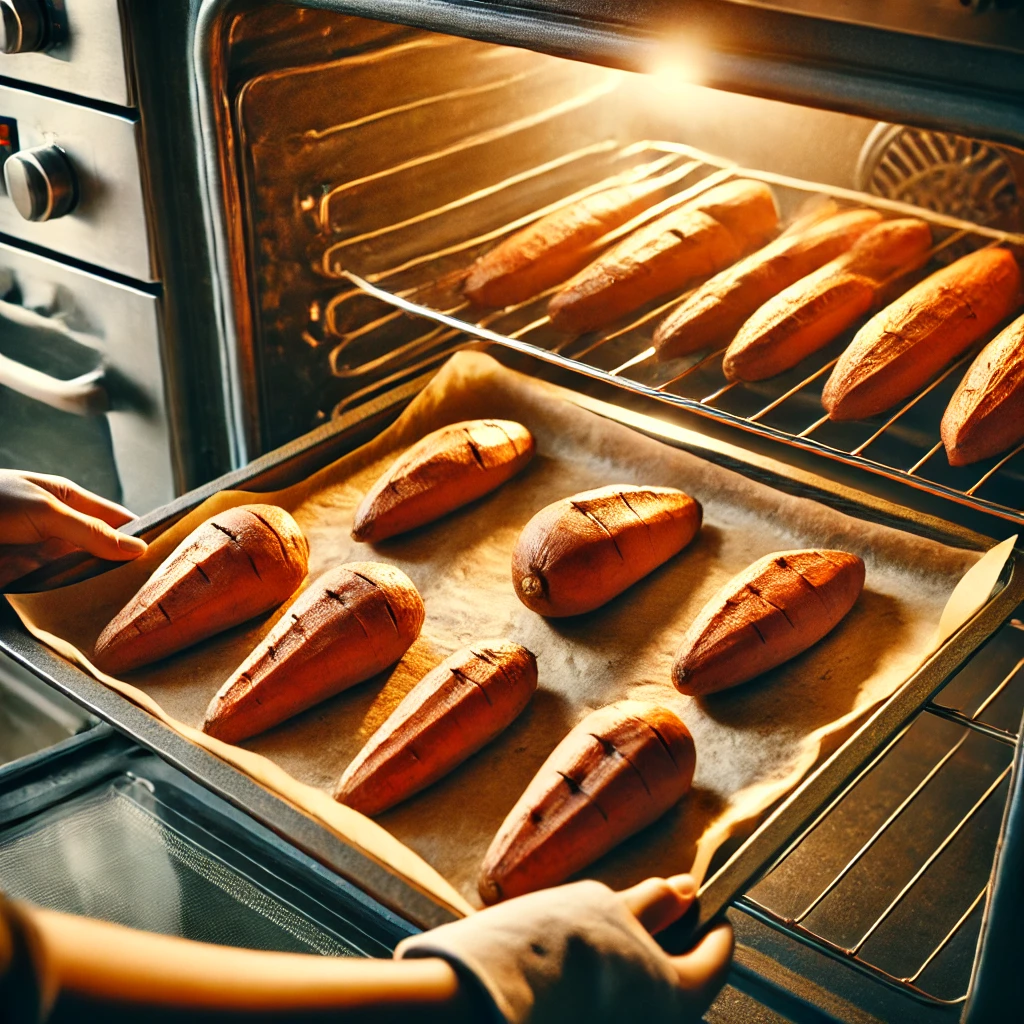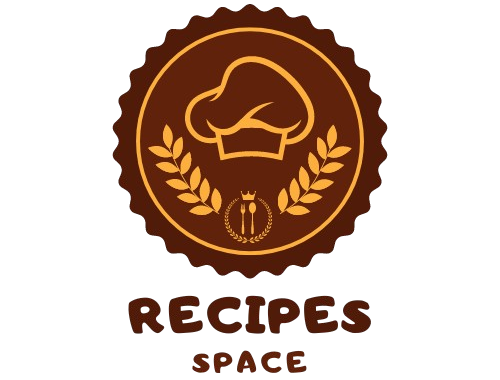Yams are a beloved root vegetable, known for their starchy texture and slightly sweet flavor. One common question that arises when preparing them is whether you should boil yams before baking. Boiling can help to soften the yams and reduce baking time, but some argue that it takes away nutrients and flavor. In this article, we’ll explore the benefits and drawbacks of both methods and offer practical tips on how to achieve the perfect baked yam.

What Are Yams?
Before we dive into the cooking methods, it’s important to clarify what yams are. Often confused with sweet potatoes, yams are a starchy tuber with rough, brown skin and white, purple, or reddish flesh. In contrast, sweet potatoes are smoother and much sweeter. The method you choose for preparing yams will depend on your goals for texture and flavor, but both boiling and baking are common methods.
Why Boil Yams Before Baking?
Boiling yams before baking can be a helpful step for several reasons:
- Even Cooking: Boiling ensures that the yams cook evenly, especially if they are cut into large chunks.
- Reduced Baking Time: By boiling them first, you can reduce the time it takes to bake them.
- Texture: Boiled yams can be softer and more tender once baked, which some people prefer.
Cooking professionals often recommend boiling yams if you’re short on time or preparing a dish where even cooking is essential, such as candied yams.
The Case Against Boiling
Despite its benefits, some chefs prefer to skip boiling and bake their yams directly. Here’s why:
- Nutrient Loss: Boiling can cause water-soluble vitamins, such as vitamin C, to leach into the water.
- Texture Changes: Boiled yams can become too mushy, especially if they are overcooked.
- Flavor Loss: Baking yams without boiling allows them to caramelize, enhancing their natural sweetness and flavor.
Skipping the boil is especially popular in rustic dishes like a pumpkin banana loaf, where texture plays a key role.
How Boiling Affects Nutrients
One important consideration when deciding to boil your yams is how it impacts their nutritional value. Boiling yams can result in some nutrient loss, particularly of water-soluble vitamins like B and C. However, it can also increase the bioavailability of other nutrients like beta-carotene. Baking tends to retain more of the natural fiber content, which is great if you’re looking for a high-fiber option.
For recipes that require the yams to be boiled first, such as those involving sweet potato pies, boiling will help break down the starchy texture to create a smoother filling.
Step-by-Step: Boiling Yams Before Baking
If you decide that boiling is the right approach for your dish, follow these steps:
- Peel and Cut: Peel the yams and cut them into evenly sized chunks.
- Boil: Place the yams in a pot of cold water and bring to a boil. Cook for 10-15 minutes, or until they are tender but not mushy.
- Drain: Drain the yams and let them cool for a few minutes before placing them on a baking sheet.
- Season: Add your favorite seasonings, such as olive oil, salt, pepper, and herbs.
- Bake: Bake the yams in a preheated oven at 400°F for 20-30 minutes, or until they are crispy on the outside.
This method ensures that your yams are fully cooked while maintaining a crispy outer layer.
Baking Yams Without Boiling
If you prefer a more hands-off method, here’s how to bake yams without boiling:
- Preheat the Oven: Set your oven to 400°F.
- Clean the Yams: Wash the yams thoroughly, leaving the skin on if you prefer extra fiber.
- Slice and Season: Cut the yams into slices or wedges, and toss them in olive oil, salt, and herbs.
- Bake: Place the yams on a baking sheet and bake for 30-45 minutes, flipping halfway through to ensure even browning.
This method allows the yams to develop a rich, caramelized exterior that’s perfect for savory dishes. Baking without boiling is ideal for simple meals like roasted vegetables or chicken alfredo.
Best Seasonings for Baked Yams
Yams are incredibly versatile and can be paired with a variety of seasonings, depending on whether you want a sweet or savory dish. Here are some seasoning ideas to try:
- Savory: Garlic, thyme, rosemary, cumin, paprika.
- Sweet: Cinnamon, nutmeg, brown sugar, maple syrup.
- Flavor Combinations: For a balanced flavor, try pairing savory seasonings like garlic and thyme with a drizzle of honey or maple syrup.
The possibilities are endless, and you can adapt the seasonings based on your personal preferences or the specific recipe you’re preparing.
Internal Linking Opportunities
When considering internal linking within your content strategy, it’s essential to integrate links that offer additional value to the reader. Below are some potential internal links based on relevant content:
- In the section discussing the texture of boiled yams, you can reference how to improve the texture of baked goods for an additional resource.
- When talking about caramelized yams in the section on baking without boiling, a link to candying yams provides further exploration into similar methods.
- For the portion on nutrient loss, referring readers to an article on nutritional comparisons would help reinforce the health aspects.
Conclusion
The decision to boil your yams before baking depends on your preferences for texture, flavor, and cooking time. If you’re looking to cut down on bake time and ensure even cooking, boiling first may be the way to go. However, if you prefer a richer flavor with a caramelized exterior, baking directly is often the better choice. Either method will give you delicious, tender yams—perfect for your next family meal.
Experiment with both techniques to find what works best for you and enjoy the versatility that yams bring to your table.
